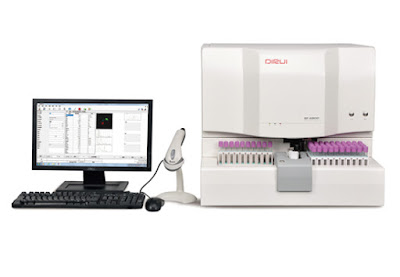Garbage In, Garbage Out (GIGO), as the saying goes. This adage has been applied in a universal manner in addressing human errors. It certainly applies to establishing laboratory procedures that ensure care in managing the pre-analytical phase of laboratory testing. Sixty years ago, many common laboratory tests were performed manually, and thus were prone to inaccuracy and analytical mistakes. Today’s advanced technology places laboratory science in a highly automated and quality-focused environment that ensures accurate testing processes.
Total Testing Process (TTP)
Medical errors are the third leading cause of death in the U.S. The laboratory’s contribution to this major healthcare concern is only 0.33 percent.1 While this number appears small, laboratory errors do occur, not always resulting is death, but nevertheless having an important impact on patient care. As clinical laboratory scientists, we must make every effort to produce accurate test results.
Read more: Proper Patient Preparation, Specimen Collection, and Sample Handling are Critical to Quality Care
Source: MedicalLaboratoryObserver




















 💔 and tears
💔 and tears  😢 in my eyes, nothing is more painful than trying to smile and remain positive, but after many tests, being poked and prodded, chemo and radiation, the person physically changes and they suffer with sadness. I know many of you do not give a hoot about this message because, of course, the cancer has not affected you. You do not know what it's like to have fought the fight, or have a loved one who leads or has led a battle against cancer.
😢 in my eyes, nothing is more painful than trying to smile and remain positive, but after many tests, being poked and prodded, chemo and radiation, the person physically changes and they suffer with sadness. I know many of you do not give a hoot about this message because, of course, the cancer has not affected you. You do not know what it's like to have fought the fight, or have a loved one who leads or has led a battle against cancer.  💜
💜 💚
💚  ❤️
❤️



















